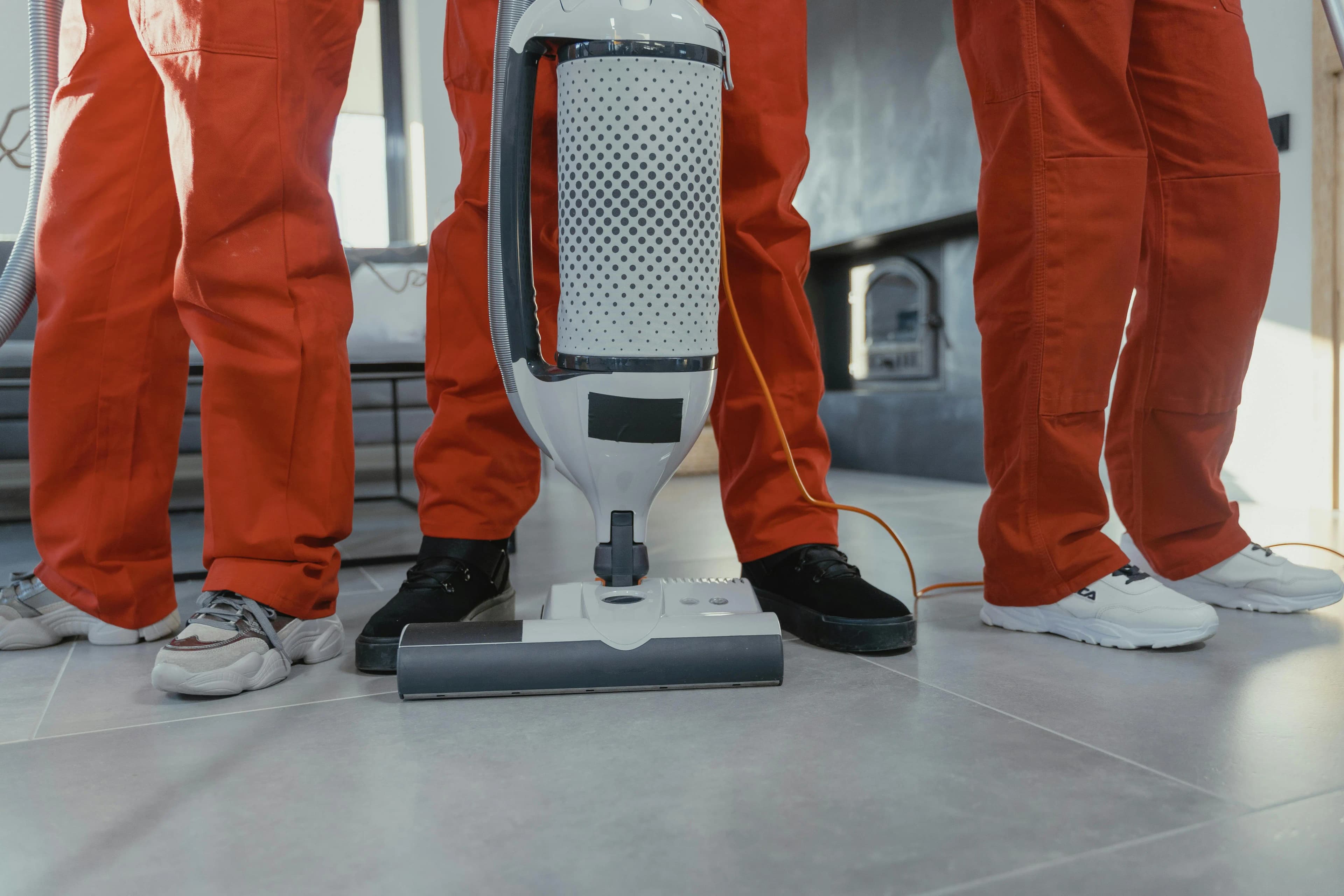
In today's fast-evolving world, sustainability is no longer an option—it's a necessity. The construction industry is undergoing a significant transformation as builders, designers, and contractors shift towards eco-friendly and energy-efficient practices. Modern construction isn't just about aesthetics and durability—it's about reducing environmental impact while enhancing functionality and comfort.
Whether you're planning a new commercial space or renovating your home, adopting sustainable building practices across interior fitout, MEP works, civil contracting, and architectural planning & design can result in smarter, healthier, and more responsible spaces.
1. Eco-Conscious Architectural Planning & Design
Sustainability begins at the blueprint stage. Smart architectural planning & design focuses on energy efficiency, natural ventilation, daylight usage, and optimal space utilization. Passive design strategies—like window orientation, thermal insulation, and solar shading—reduce the need for artificial cooling or heating.
Incorporating green roofs, rainwater harvesting systems, and locally sourced materials into your design is not just eco-friendly—it can significantly reduce long-term operating costs.
2. Sustainable MEP Works Integration
Mechanical, Electrical, and Plumbing (MEP works) are central to green building strategies. Energy-efficient HVAC systems, LED lighting, solar-powered electrical systems, and water-saving plumbing fixtures reduce both environmental impact and utility bills.
Smart MEP systems that adjust based on occupancy or ambient conditions are gaining popularity in modern construction for both homes and commercial buildings.
3. Environmentally Responsible Civil Contracting
Civil contracting teams now adopt green construction materials like fly ash bricks, recycled steel, low-VOC paints, and sustainable concrete mixes. These materials minimize the carbon footprint of the building process.
Additionally, sustainable construction includes proper waste management on-site, dust control measures, and soil erosion prevention to protect the surrounding environment during and after the build.
4. Green Interior Fitout and Home Décor
A sustainable building is incomplete without an eco-friendly interior fitout. Using non-toxic, recycled, and natural materials like bamboo flooring, reclaimed wood, and organic textiles for upholstery promotes healthier indoor air quality.
Modern home décor also leans toward biophilic design—incorporating plants, natural textures, and daylight to bring the outdoors inside, reducing stress and improving wellbeing.
5. Emphasis on General Maintenance Efficiency
Sustainability doesn't stop once construction is done. Efficient general maintenance is crucial to keep systems running optimally. Regular HVAC servicing, plumbing inspections, and smart energy monitoring help prevent resource wastage and extend the life of building systems.
Predictive maintenance powered by smart technologies ensures timely interventions and lowers both repair costs and environmental impact.
6. Renewable Energy Integration
Modern sustainable buildings often incorporate renewable energy sources:
- Solar panel systems
- Wind turbines
- Geothermal heating
- Energy storage solutions
7. Water Conservation Strategies
Water efficiency is a key aspect of sustainable building:
- Rainwater harvesting
- Greywater recycling
- Low-flow fixtures
- Smart irrigation systems
8. Waste Reduction and Recycling
Sustainable construction practices include:
- Construction waste management
- Material recycling programs
- Composting facilities
- Zero-waste initiatives
By implementing these sustainable building practices, we can create structures that not only meet our current needs but also ensure a better future for generations to come. The key is to approach each project with a holistic view of sustainability, considering environmental impact, energy efficiency, and long-term maintenance from the very beginning.